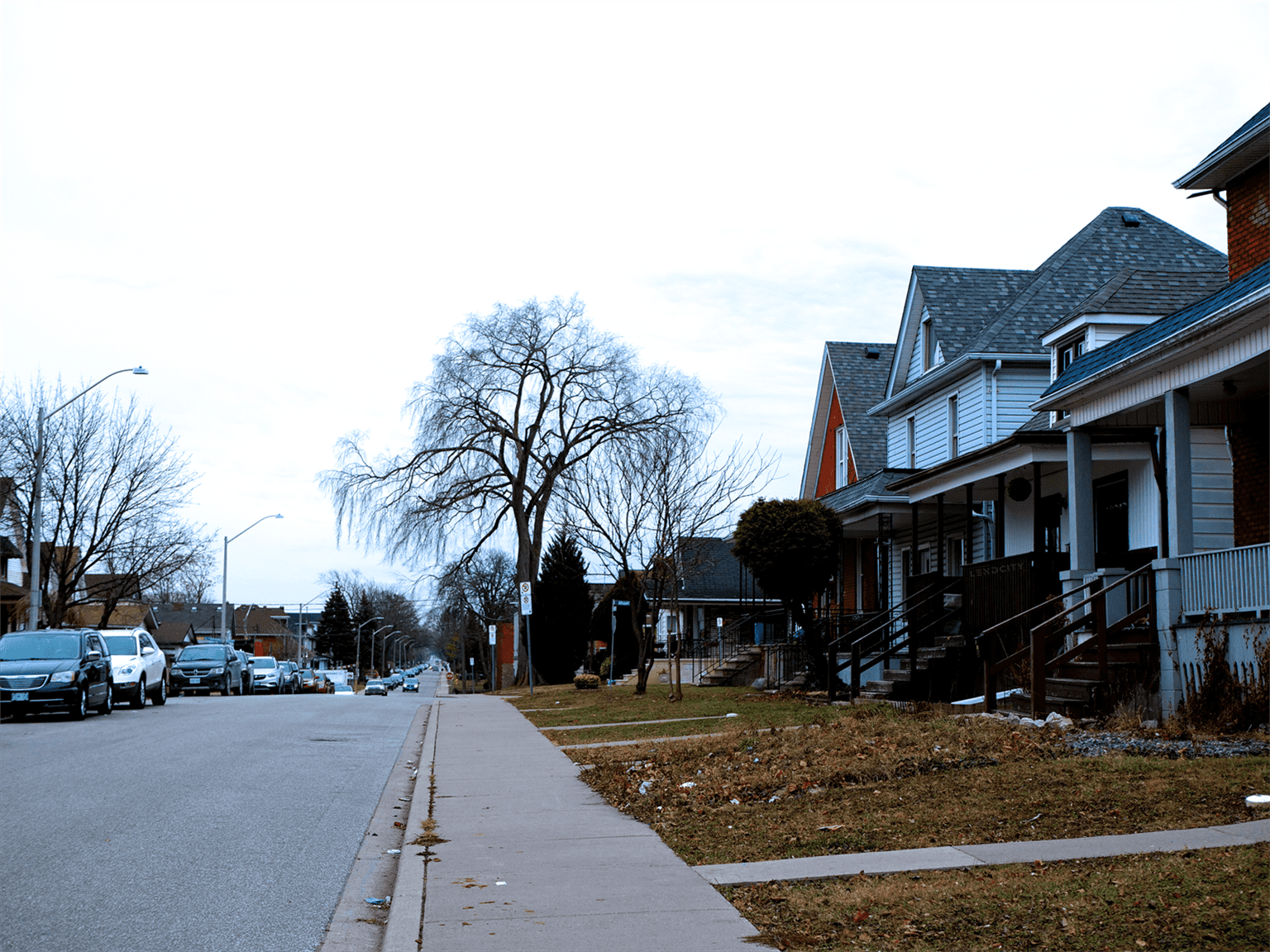Vacancy Problems Happen for a Reason - Why Some Neighborhoods Are Always Empty in 2023

The only constant we can expect from the market is changing. Real estate markets go through ups, downs and fluctuations over time based on supply and demand nobody can control.
One of the most important variables to consider when it comes to real estate is vacancy rates. Vacancy rates naturally increase and decline over time, but long-term vacancy trends in a given area say a whole lot about the health of the market. Understanding what the implications of high vacancy rates are will help you make sense of things when you notice a spike of them in your neighbourhood.
But first, if you would like to learn more about how occupancy rates can impact your ability to secure financing on your investment properties, click the link below to book a free strategy call with our team at LendCity today.
Factors that contribute to vacancy
Vacancy in neighbourhoods and cities isn’t a clear-cut problem. There are a lot of individual factors and circumstances contributing to vacancy rates to consider the next time you notice ‘For Sale’ and ‘For Lease’ signs popping up in your neighbourhood.
Sometimes, neighbourhoods experience periods with increased vacancy rates, followed by periods of recovery. But, some of the causes of housing vacancies are indicative of long-term shifts in the real estate market. Here’s what they could be telling you:
Lower rates of homeownership
The trend of reduced homeownership has become a major topic of discussion and study in recent years. Between the rising cost of living and stagnating wages, many young people simply don’t have the capital to buy their own homes the way previous generations traditionally have. As people continue to rent instead of purchasing, there is less demand for single-family housing in some areas.
Urbanization
More and more people are flocking to cities in search of jobs, opportunities and an urban lifestyle. As these people move out of their homes and into multi-family rentals and other urban housing options, there is less demand for properties in more rural areas. Neighbourhoods located far away from urban centers may begin to see a lot of people packing up and leaving for bigger cities. On the other hand, neighbourhoods that were once on the outskirts of urban areas are filling up as cities spread outwards. This is good news for property owners who purchased their homes and rentals at a time when costs were low. They’re now benefitting from skyrocketing demand and value.
Market shifts
As property values fluctuate, there may be periods when there are higher rates of vacancy in a city or neighbourhood. If property values are high, you might notice people are selling their homes to benefit from increasing equity. If property values are beginning to take a dip as a result of a shake-up in the local economy, some homeowners might sell to avoid dwindling home values.
Discover How To Buy Unlimited Rental Properties With This Step By Step Guide
Avoiding vacancy-related value depreciation
Despite your best efforts, avoiding a crop of vacancies in your area is nearly impossible. You can’t prevent high vacancy rates, but you can get ahead of them. Here are a few indicators to keep an eye on of if you’re thinking about selling a property before “For Sale” signs start popping up around you:
Keep an eye on the market: There’s a difference between a couple of vacancies springing up in a neighbourhood and a vacancy crisis. Be aware of what’s going on in your neighbourhood to figure out what’s happening. There’s no need to panic at the first sight of a vacancy, but you shouldn’t wait until the entire neighbourhood has emptied before you act. If you own a property in a neighbourhood where vacancy is increasing, research the problem, consult with experts and consider your circumstances to help you determine whether it’s time to sell your property or change course.
Follow the jobs
When a new employment hub is established in an area, property values tend to increase as vacancies go down. If you want to ensure your investment property is still in demand in the foreseeable future, try to make property purchases in areas with lots of employment opportunities. Likewise, avoid areas prone to economic depression, such as urban centers with high commercial turnover or lack of public transportation.
Occupancy rates are always going to be tied to employment. After all, if there are no jobs, people will need to pack up and move on to somewhere there is work. It is just a simple fact of life in our society.
Buy urban
The urbanization trend doesn’t show signs of slowing anytime soon. Try to find properties in up-and-coming neighbourhoods in urban areas where properties are likely to appreciate in the coming years. Even properties that are still slightly outside of the city are likely to remain in demand as properties become scarce in more densely populated city centers.
There’s no simple way to explain rising vacancy rates and there’s no single way to respond to this problem. It’s important to be aware of vacancy rates in the neighbourhoods you are invested in, but you shouldn’t make any rash decisions based on a few vacancies. Assessing the situation objectively and taking a strategic approach to your investments will allow you to get the most out of a property, even when vacancies are on the rise.
Now, if you would like to learn more about how occupancy rates can impact your ability to secure financing on your investment properties, click the link below to book a free strategy call with our team at LendCity today.
